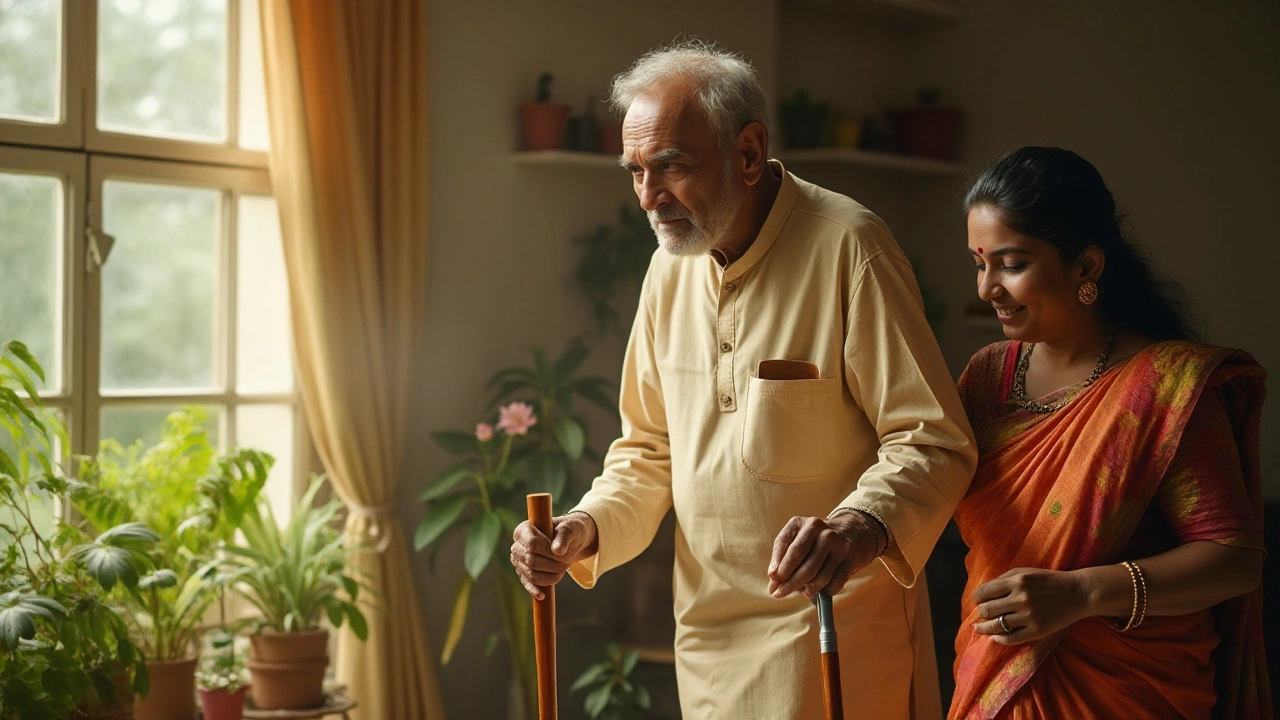Rehabilitation Tips: Practical Ways to Recover Faster and Stay Strong
When you're rebuilding your body after injury or surgery, rehabilitation tips, practical, step-by-step strategies to restore movement, reduce pain, and prevent future problems. Also known as rehab, it's not just about doing exercises—it's about understanding your body’s rhythm and giving it what it truly needs to heal. Too many people think rehab means pushing through pain or copying someone else’s routine. That’s how injuries come back. Real recovery is smarter than that. It’s about consistency, patience, and listening to signals your body sends—like stiffness, fatigue, or that quiet ache that says, "slow down."
Physical therapy, a science-backed approach to restoring movement and function after injury or illness isn’t just something you do at a clinic. It’s what you carry into your daily life: how you stand up from a chair, how you walk up stairs, how you sleep without twisting your back. The best recovery after surgery, the structured process of regaining strength and mobility following a medical procedure doesn’t happen in a single session. It happens in the quiet moments—when you do your breathing drills before bed, when you choose a walk over sitting, when you skip the stretch that hurts and find one that feels right. And it’s not just for older adults or post-surgery patients. Anyone recovering from a sprain, a fall, or even long-term back pain needs these tools.
Look at the posts here. You’ll see people asking how to get through pain relief, methods to reduce discomfort without relying only on medication after knee replacement, or why they feel angry after heart surgery. Others want to know if oral sex is safe after cardiac procedures, or how to eat for better healing. These aren’t random questions. They’re all part of the same puzzle: how to live again after your body has been through something big. The answers aren’t in pills or quick fixes. They’re in movement, rest, nutrition, and mental reset.
What you’ll find below aren’t generic lists like "do 10 squats a day." These are real stories, real advice from people who’ve been there, and real science from therapists who’ve seen what works—and what doesn’t. Whether you’re six weeks out from surgery or five years into chronic pain, there’s something here that fits your stage, your body, and your life. No fluff. No hype. Just what helps you move better, feel less pain, and get back to doing the things you care about.
-
18
Recovering from a total knee replacement involves various stages. Patients often wonder how quickly they can return to walking. While everyone’s journey is unique, there are general milestones and helpful tips that can assist in navigating the process. Understanding the timeline and what to expect during recovery can make the journey smoother and more predictable.
